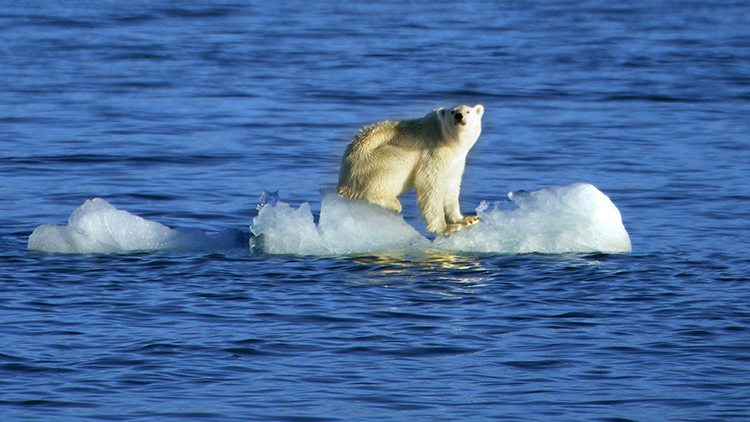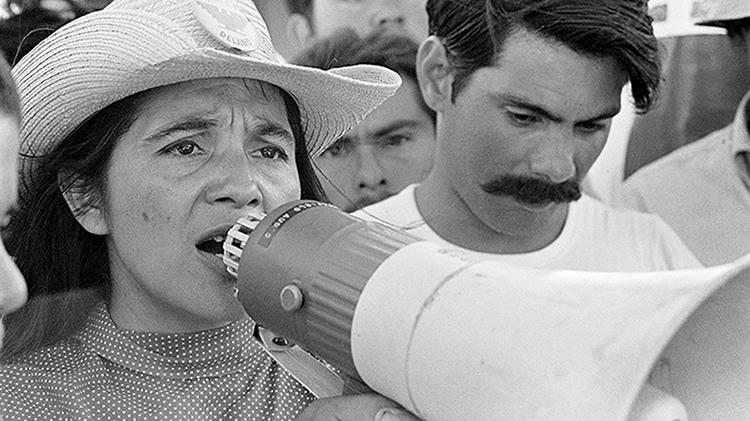
Senator Gaylord Nelson had seen enough. The year was 1969. A massive oil spill off the coast of Santa Barbara, California had killed thousands of seabirds, seals, and dolphins. An ooze of black oil coated what used to be a beautiful coastline. The public needed to be educated about the dangers of air and water pollution.
Nelson, a Democrat, persuaded a conservative Republican named Pete McCloskey to join him. Together they announced April 22nd, 1970 would be Earth Day, a national day of events to teach about danger to the environment.
Earth Day helped people to unite around the need to protect the environment. By the end of 1970, the United States took many steps towards solutions had passed laws to keep the air and water clean, as well as to protect endangered species. President Richard Nixon created the Environmental Protection Agency (EPA) to make enforce regulations [rules that control something] that protect human health and the environment. By 1990, Earth Day had become a global day to think about environmental issues.
Despite all the progress that has been made since that first Earth Day, the environment faces many challenges today. Air and water pollution still cause major problems. One study estimates that there may be more plastic in the ocean than fish by the year 2050. NASA reports that 97 percent of scientists agree that the earth is getting warmer because of air pollution.
Earth Day is a time to think about these challenges so we can be committed to overcoming them.
What Can You Do? There are many things you can do to protect the environment. You can recycle, avoid using plastic goods, and investigate local organizations dedicated to protecting the environment.
Photo Credit: Design Pics/Richard Wear



